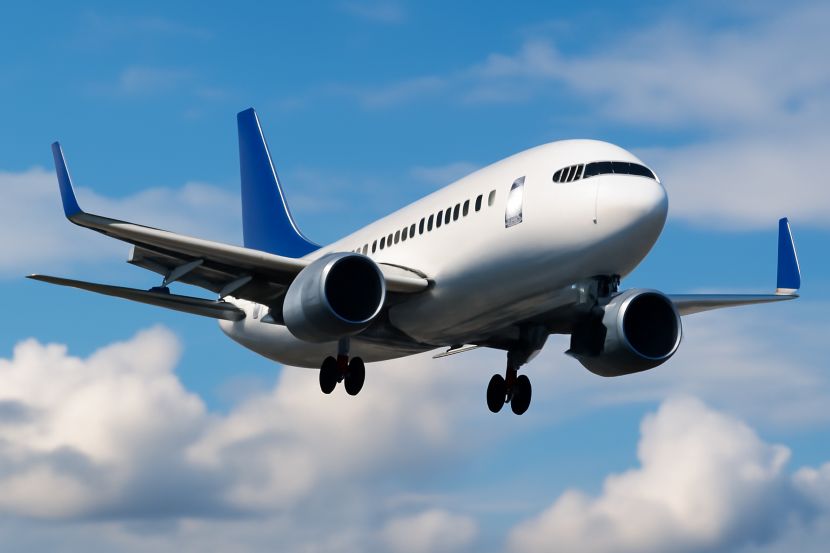Travel Turmoil in the US: Newark Liberty International Airport Faces 40 New Flight Cancellations Amid Ongoing Air Traffic Controller Shortages
Newark Liberty International Airport (EWR) in Newark, New Jersey, has recently faced significant travel disruptions, marking a challenging period for both travelers and airport staff. Over the past few days, 41 flights were cancelled, impacting domestic and international operations. This situation arises from a complex interplay of factors, primarily including air traffic control shortages, ongoing runway construction, and technical failures disrupting normal operations.
Factors Contributing to Flight Cancellations
1. Air Traffic Controller Shortages
A significant contributor to the current travel disruptions at Newark is the ongoing shortage of air traffic controllers. The Federal Aviation Administration (FAA) has reported a shortfall of approximately 3,500 controllers, which places immense pressure on airports known for heavy traffic, such as Newark. As a response, the FAA has implemented flight caps at high-volume airports to help manage congestion and ensure safety.
2. Runway Rehabilitation Project
Compounding the issue, Newark is in the midst of a crucial runway rehabilitation project. The repair work on Runway 4L-22R, aimed at accommodating larger, modern aircraft, has led to the partial closure of the runway and a consequent drop in overall flight capacity. Although the project was completed ahead of schedule, the operational restrictions it introduced continue to affect scheduling significantly.
3. Technical Failures
In addition to staffing and construction impacts, a major telecommunications failure at the Philadelphia TRACON facility—a key hub managing Newark’s airspace—resulted in a ground stop for nearly 45 minutes. This incident exemplifies how technical failures, although infrequent, can severely disrupt the flow of air traffic and exacerbate existing challenges at busy airports like Newark.
What Passengers Should Expect
Travelers are being advised to stay informed about their flight status. Given the potential for ongoing delays and cancellations, checking with airlines for real-time updates is essential. The Port Authority of New York and New Jersey (PANYNJ), which oversees Newark Liberty International, has encouraged passengers to allow additional time for possible delays. They have also suggested considering alternative airports if feasible.
Essential Tips for Travelers
If you have plans to fly through Newark in the upcoming days, here are some helpful tips:
- Confirm Your Flight Status: Regularly check your airline’s updates to stay informed about any changes.
- Prepare for Delays: Given the current circumstances, be ready for possible delays and rerouting.
- Explore Alternatives: Look into different departure or arrival airports that might be less congested.
Perspective on Passenger Experience
The disruptions at Newark highlight the often-overlooked human aspects of air travel. Many travelers are urgently trying to reach loved ones, attend essential business meetings, or enjoy well-deserved vacations. It’s crucial for passengers to approach these unforeseen delays with patience and flexibility, maintaining a proactive stance while navigating the complexities of air travel amid ongoing infrastructural challenges.
Moving Forward
Despite these tumultuous circumstances, the Port Authority has committed to addressing the situation through both immediate and long-term strategies. Plans include modernizing air traffic technology, increasing recruitment efforts for air traffic controllers, and upgrading airport infrastructure. Although travelers may face challenges in the near future, these initiatives aim to foster a more resilient air travel experience in the long run.
This ongoing situation at Newark Liberty International Airport serves as a reminder of the intricate factors that contribute to air travel’s reliability and efficiency. As the airport endeavors to return to normalcy, staying informed and adaptable will be essential for travelers navigating this challenging period.



